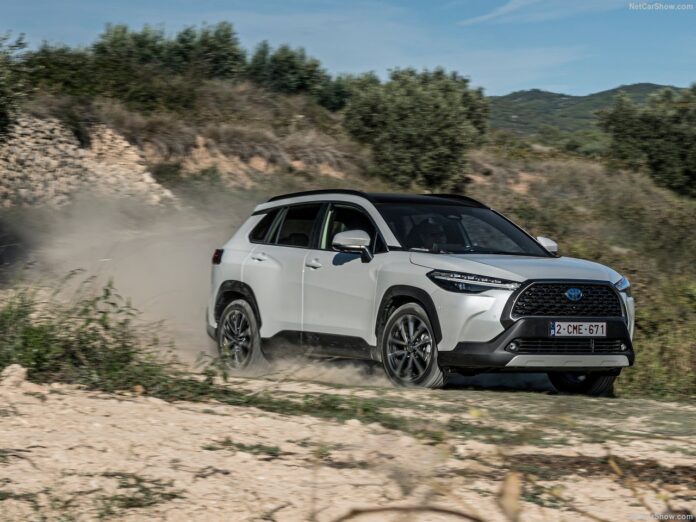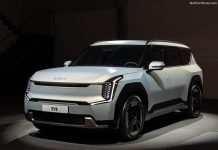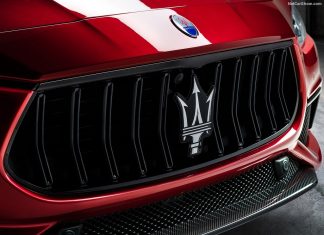Colombian Auto Market in 2025 experiences sustained momentum. H1 sales grew 21.8%, with Renault and Kia securing first 2 spots and overtaking Toyota, which fell into 3rd. BYD rose 5 spots into top 10, emerging as new contender.
Economic Environment
In 2025, Colombia’s economy is forecast to grow by 2.5%, followed by 2.6% in 2026, as investment continues its recovery amid easing financial conditions. However, uncertainty and a weak housing market will weigh on both investment and private consumption. Export growth is expected to moderate due to the global slowdown and U.S. tariffs, while imports remain strong, driven by investment goods. Inflation, which temporarily plateaued in early 2025, will resume its downward path, though it is projected to remain above the 3% target through 2026.
Monetary policy will continue a cautious, data-driven easing cycle, with rates expected to decline gradually to 7% by the end of 2026. Fiscal deficits remain elevated, at 6% in 2025 and 5.6% in 2026, requiring spending cuts or new revenue measures to meet the fiscal rule and stabilise debt. The government is under pressure to improve fiscal discipline and implement tax reforms to reduce rigidities and expand fiscal space. While the labour market remains resilient, with unemployment steady around 9%, sentiment indicators show mixed signals, and external risks, such as weaker oil prices and a depreciating peso, could amplify vulnerabilities.
Automotive Industry Trend and Outlook
Brand-wise, Renault -up 1 spot- surged into 1st witha 13.7% share (+35.9%), followed by Kia -up 1 spot- into 2nd (+43.6%). Toyota -down 2 spots- fell into 3rd (-9%).
Mazda -up 1 spot- ranked 4th (+23.1%), followed by Chevrolet -down 1 spot- in 5th (-5.6%), Nissan in 6th (+15%) and Suzuki in 7th (+4.4%). Hyundai -up 2 spots- ranked 8th (+126.6%), followed by Volkswagen in 9th (+24.9%) and BYD -up 5 spots- in 10th (+353.9%).
For what concerns the best selling models, the Toyota Corolla Cross was still the new best-selling model, surging 15.5%. The Kia K3 rose 6 spots into 2nd, up 121.2%.
EV Market Trend and Outlook
Colombia’s EV market surged 228.9% in H1 of 2025. Entering China’s Belt and Road Initiative puts the country at the forefront of EV adoption in South America. Still, a fragmented policy framework and technical issues could hinder segment’s growth.
BYD took the lead with 257.1% growth, its early entry now rewarding strong brand trust. Kia also reported impressive gains, growing 3 spots into 2nd while Chevrolet dropped 1 spot into 3rd.
Medium-Term Market Trend
Colombia’s automotive market experienced historic peak in 2014, with sales reaching 318,625 units, up 8.5% compared to previous year. However, this was followed by a gradual downturn, as market saturation began to weigh on demand. By 2019, total vehicle sales had fallen to 220,581 units, down 30.8% from 2014 peak and highlighting the challenges facing the sector.
The COVID-19 pandemic in 2020 dealt a severe blow to the industry. Lockdowns, supply chain disruptions, and economic uncertainty caused sales to plummet by 61.3%, with only 85,282 units registered, an unprecedented low in recent history. Recovery began in 2021, as macroeconomic conditions stabilized and pent-up demand returned to the market. Sales rebounded sharply to 200,914 units, up an impressive 135.6% year-on-year. Momentum carried into 2022, with sales further rising 3.6% to 208,160 units. In 2023, however, the market faced renewed pressure. Sales declined by 30.5% to 144,633 units, reflecting broader economic challenges and reduced consumer confidence. Yet the market showed resilience in 2024, with registrations climbing back to 201,219 units, a 7.7% increase.
Meanwhile, the EV segment, once slow to take off, began to gain meaningful traction from 2022 onward. Rising environmental awareness, supportive government policies, and the gradual expansion of charging infrastructure helped shift consumer preferences. Despite economic headwinds in 2023, the EV market continued its upward trajectory in 2024, expanding by 11.3% year-on-year. EVs captured a 4.18% share of total vehicle sales, underscoring the growing appeal of cleaner mobility option.
Tables with sales figures
In the tables below we report sales for all Brands and top 10 Manufacturer Groups.











